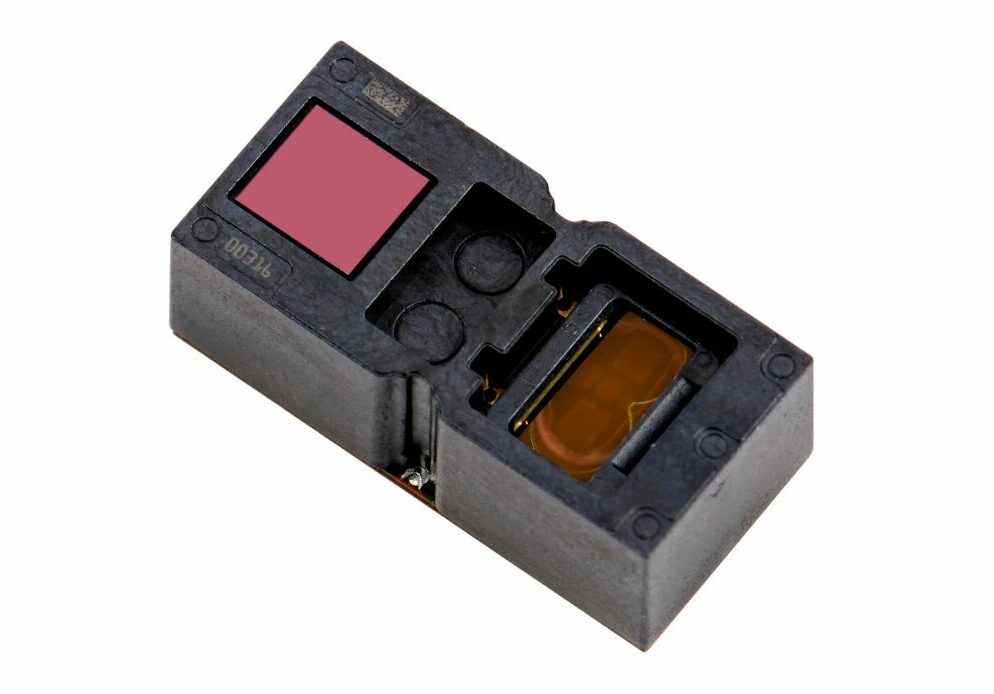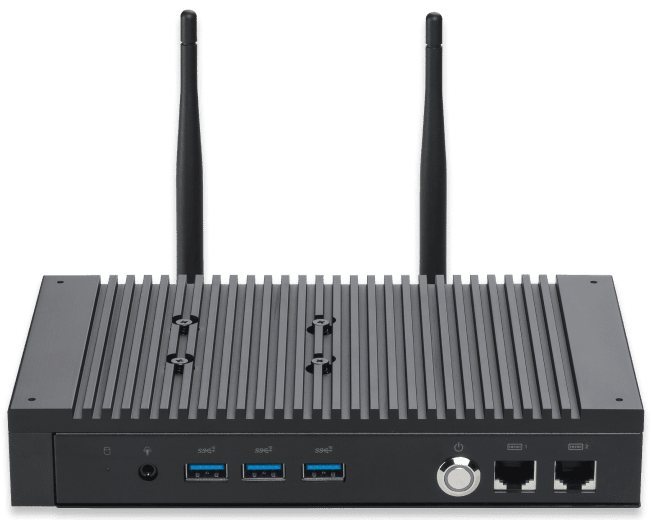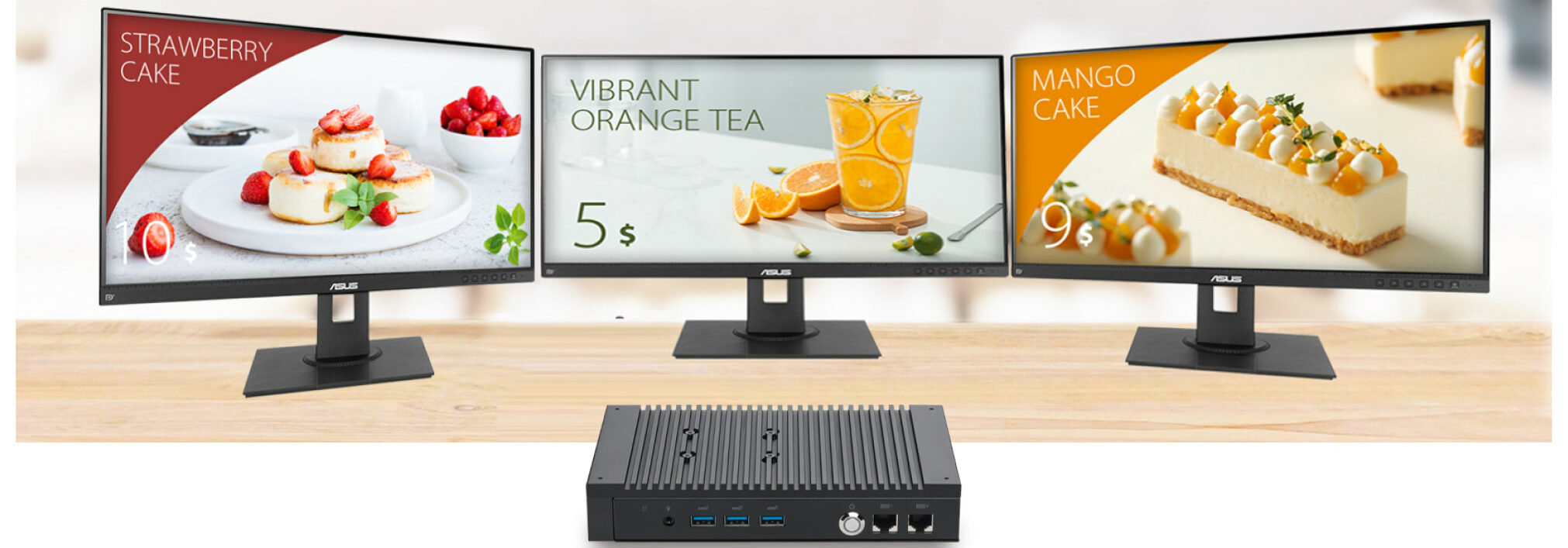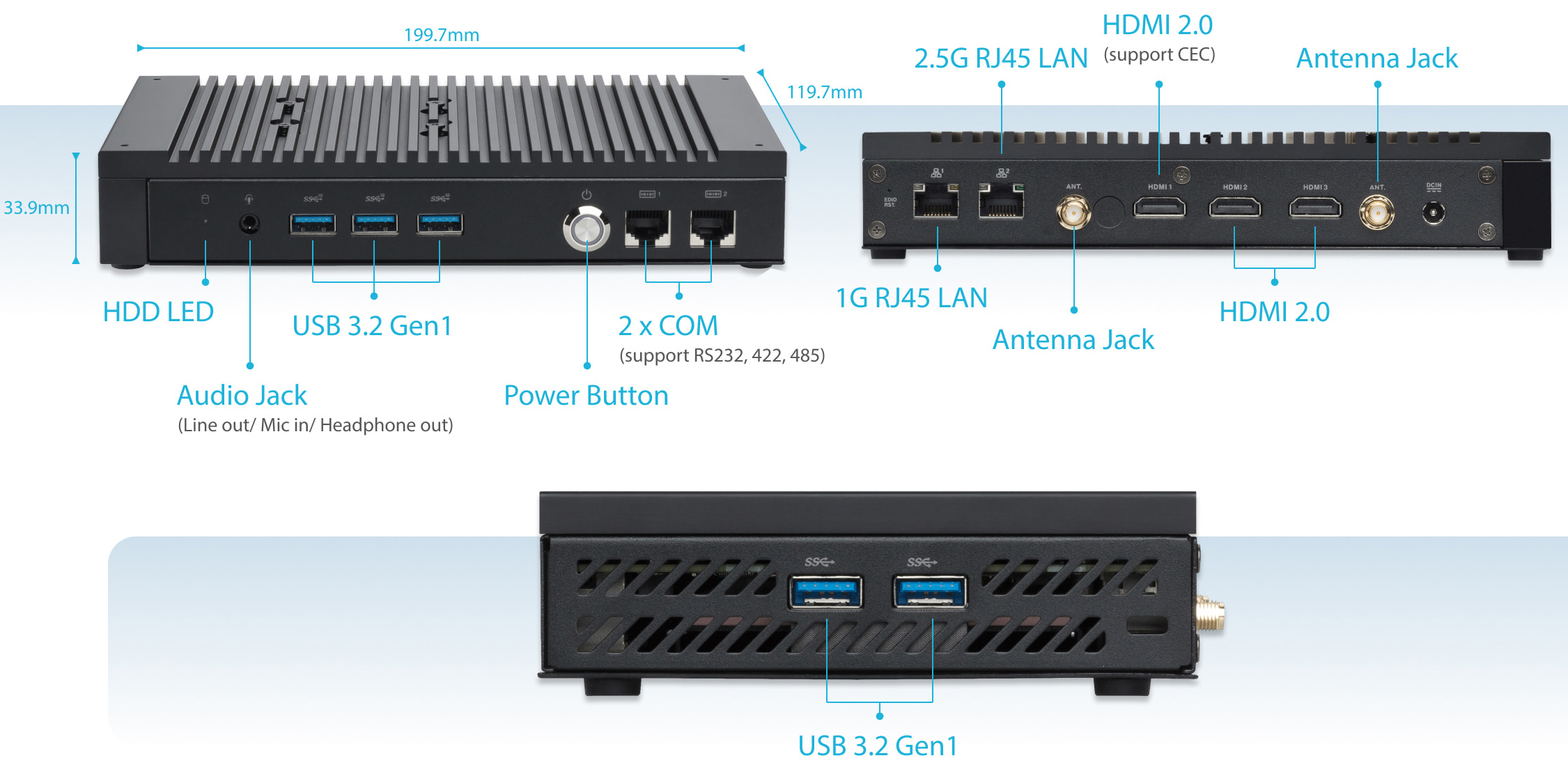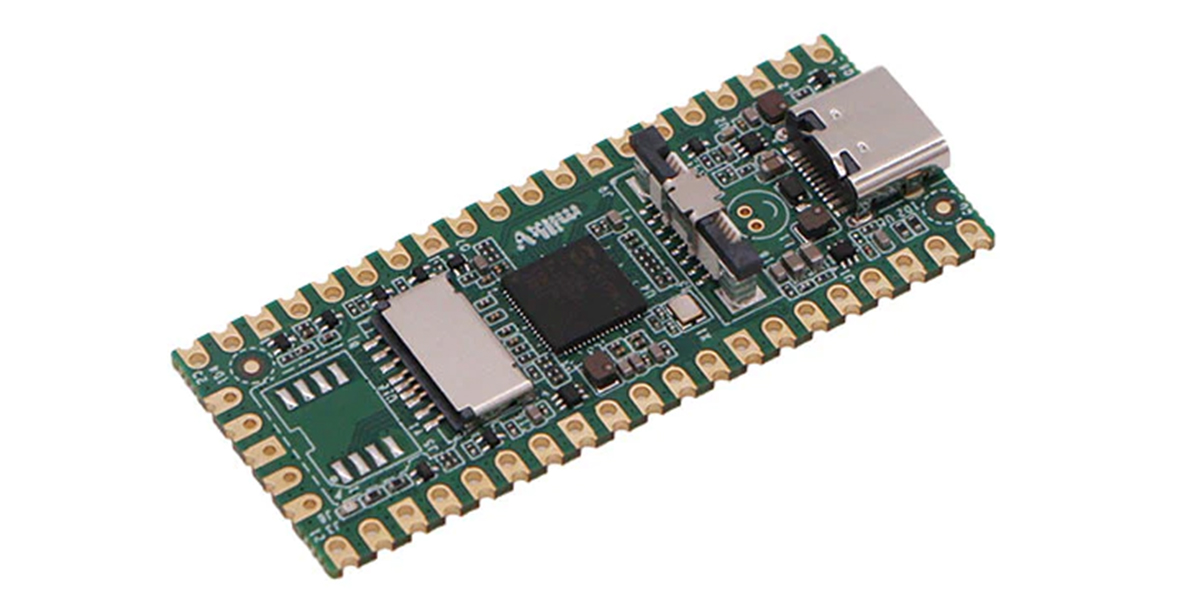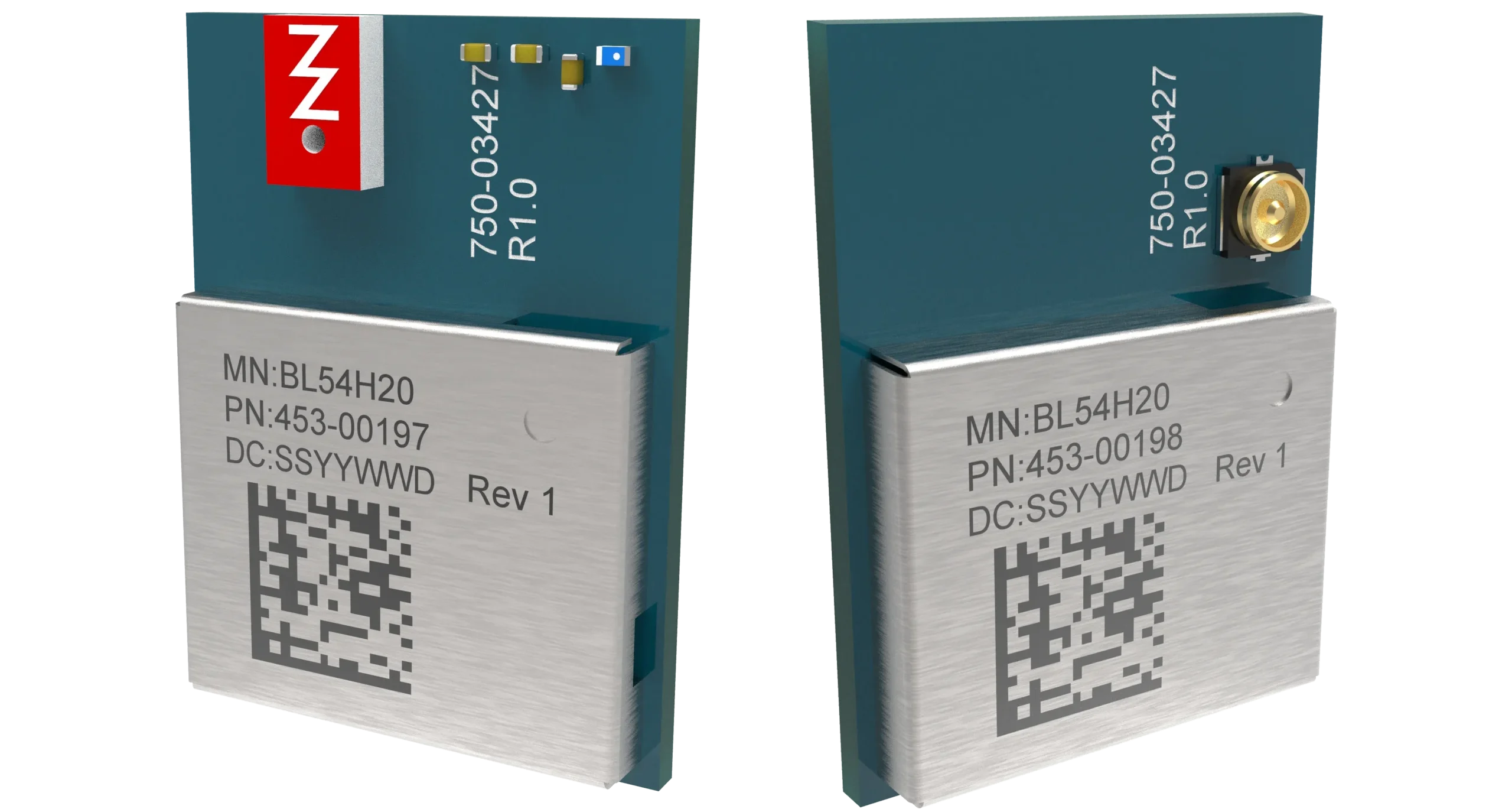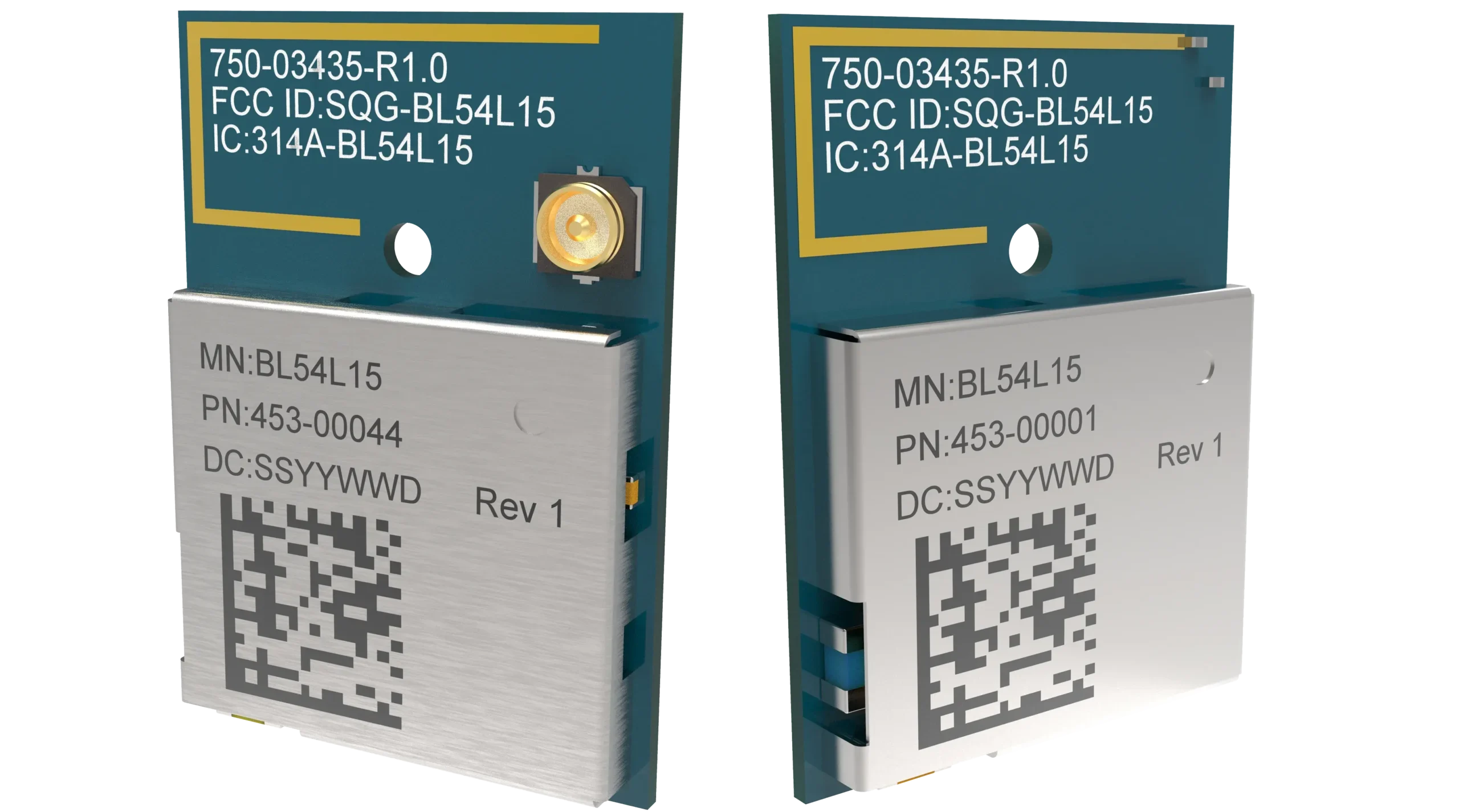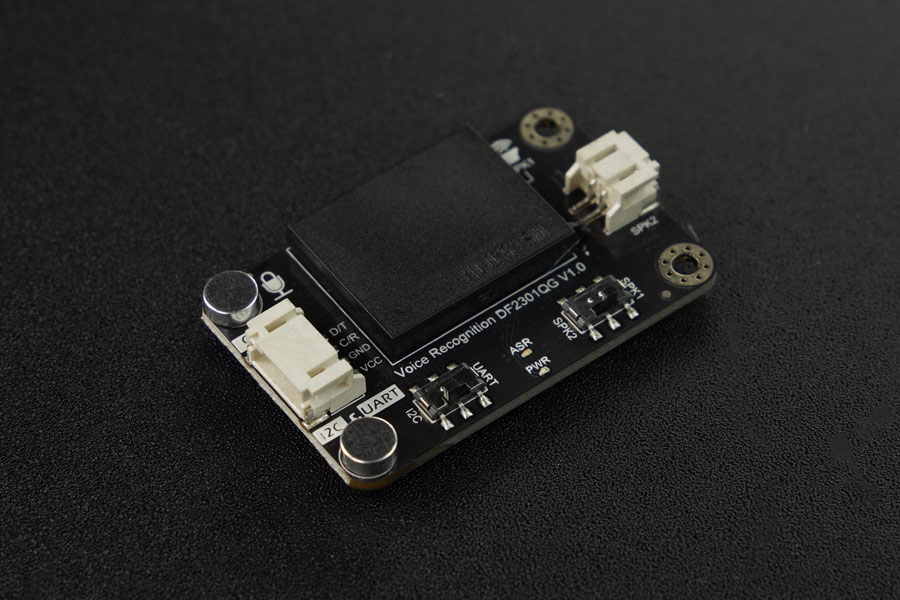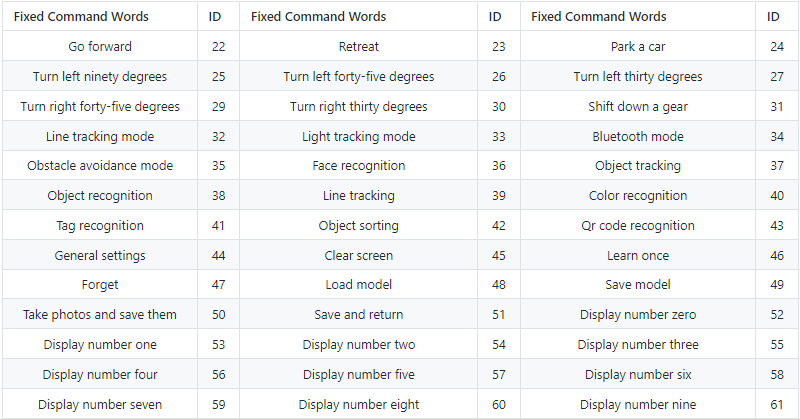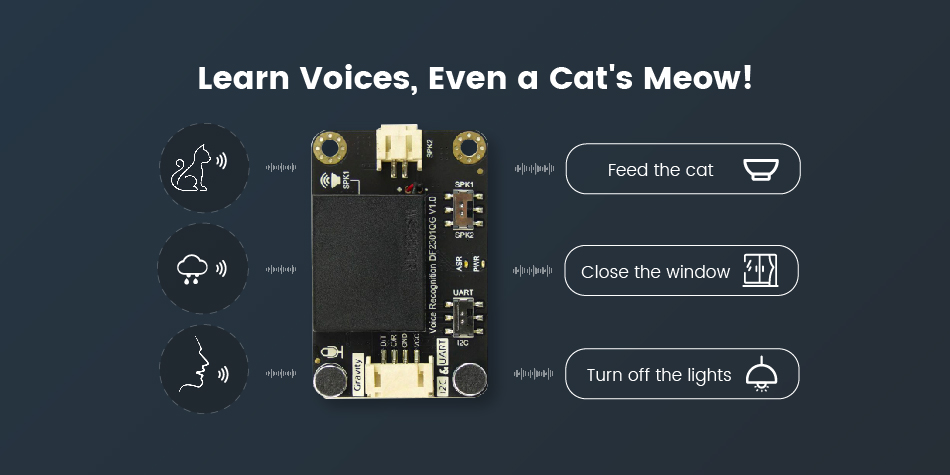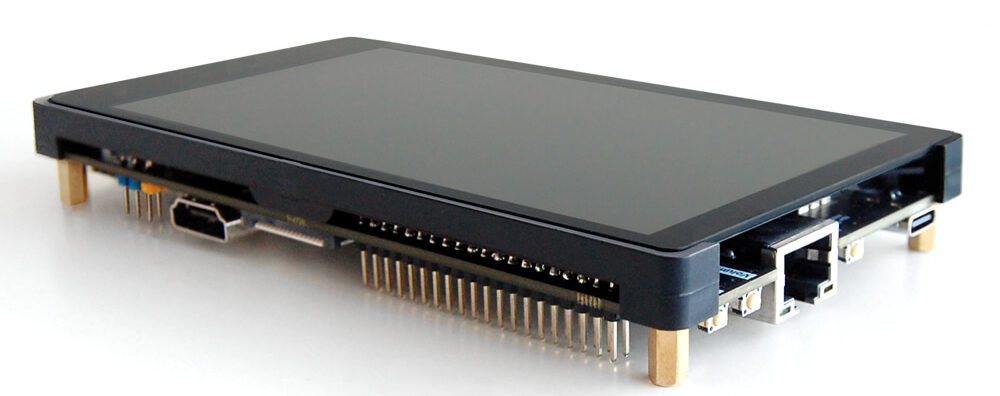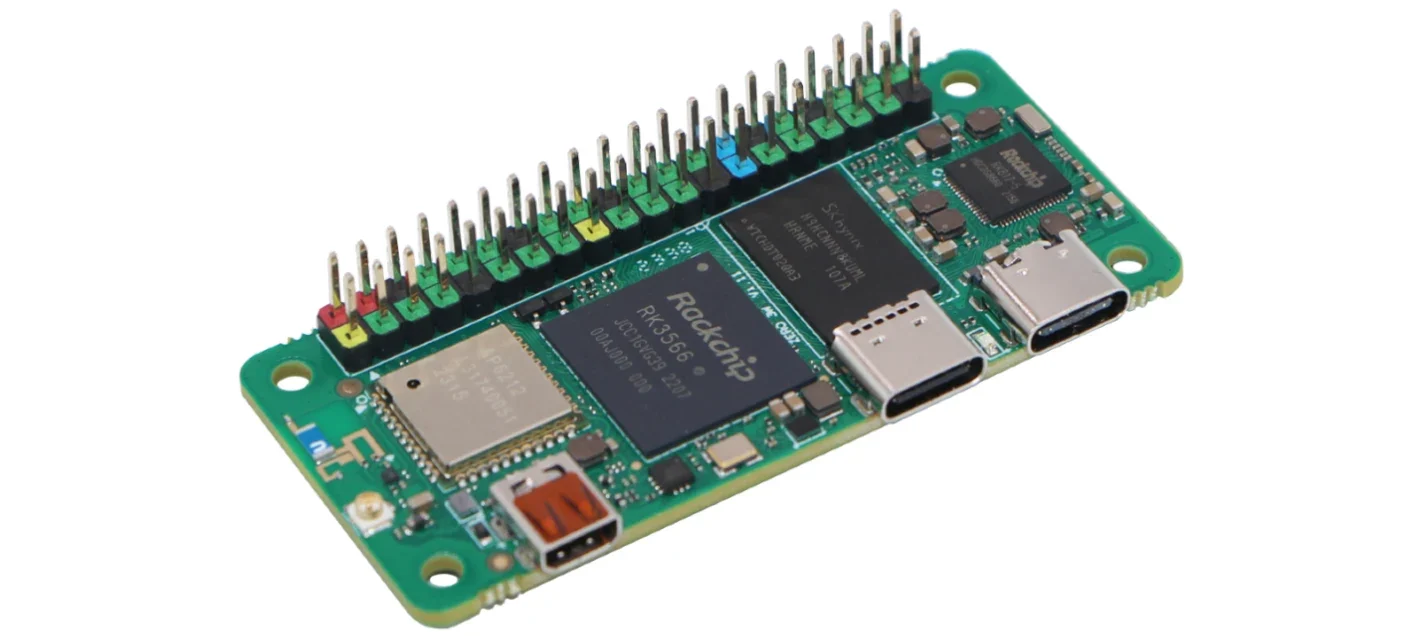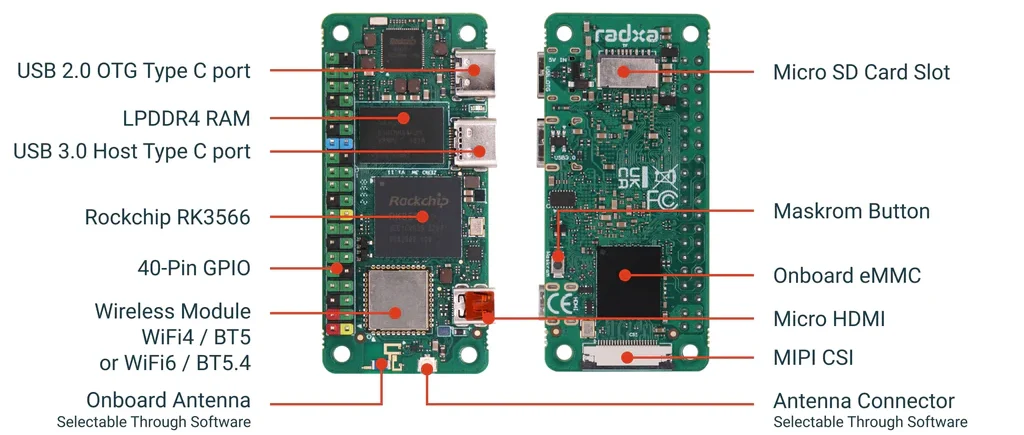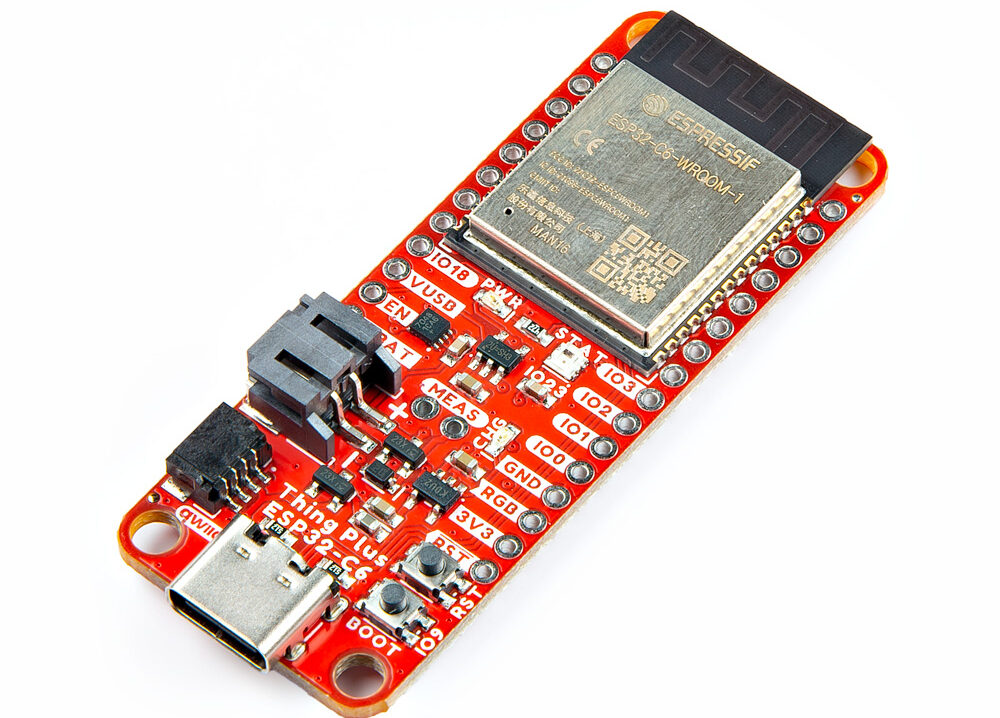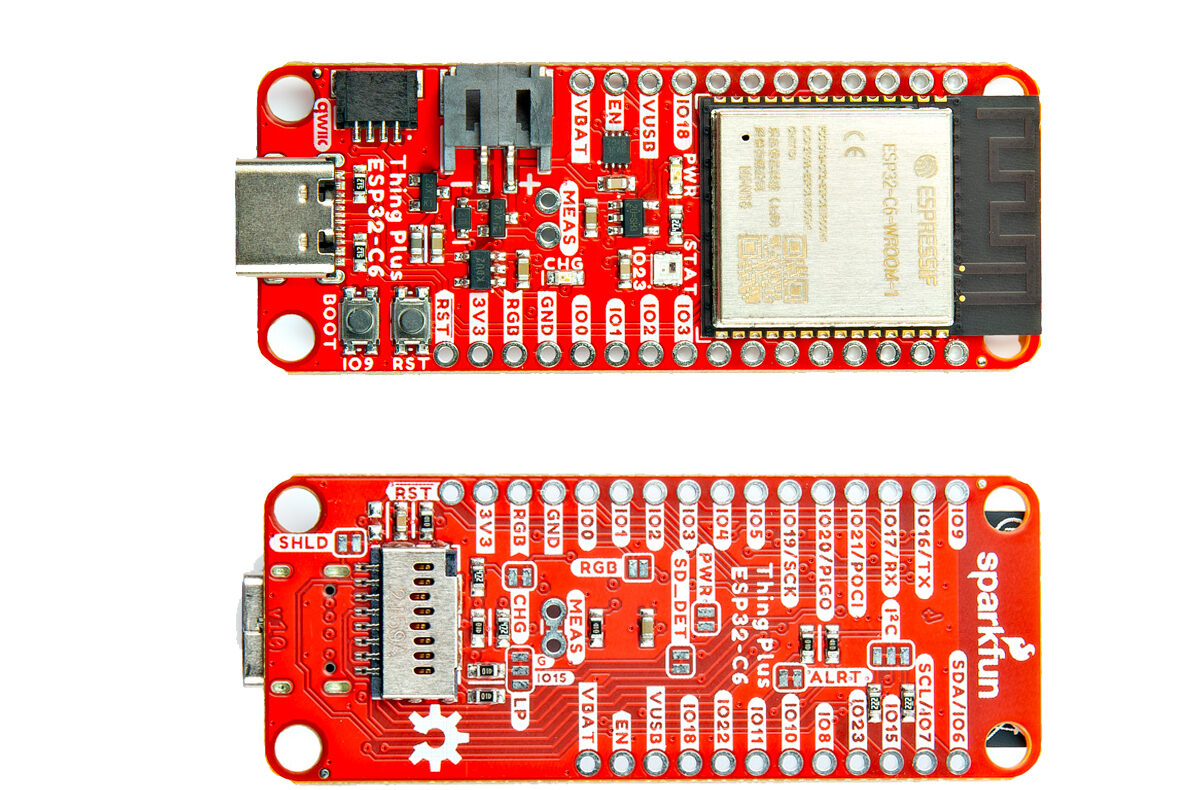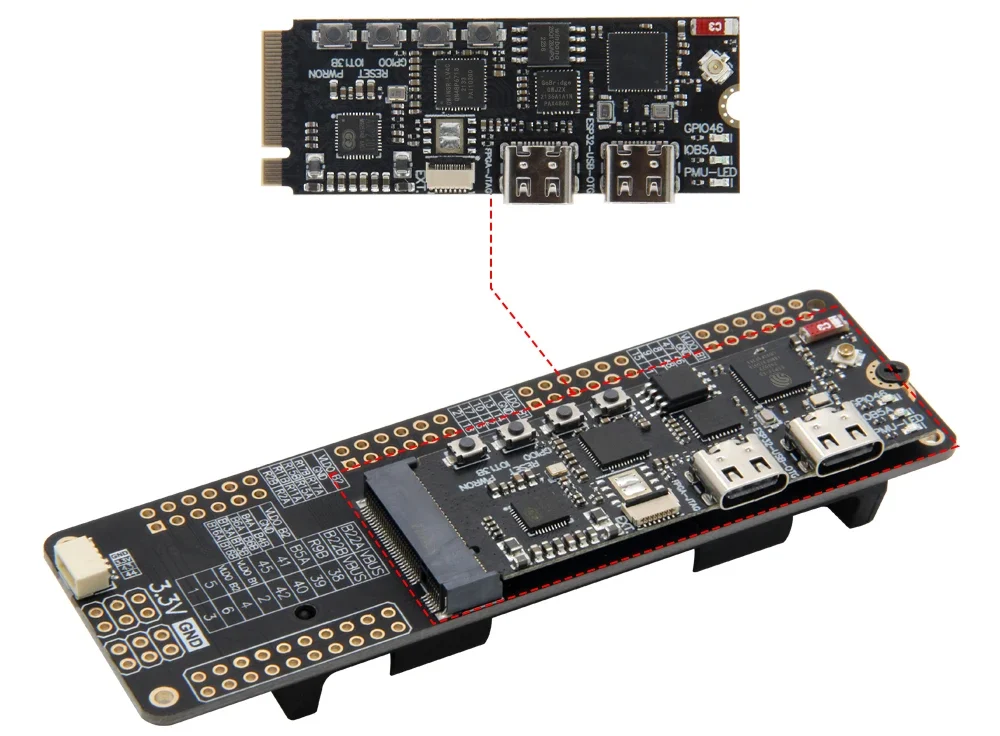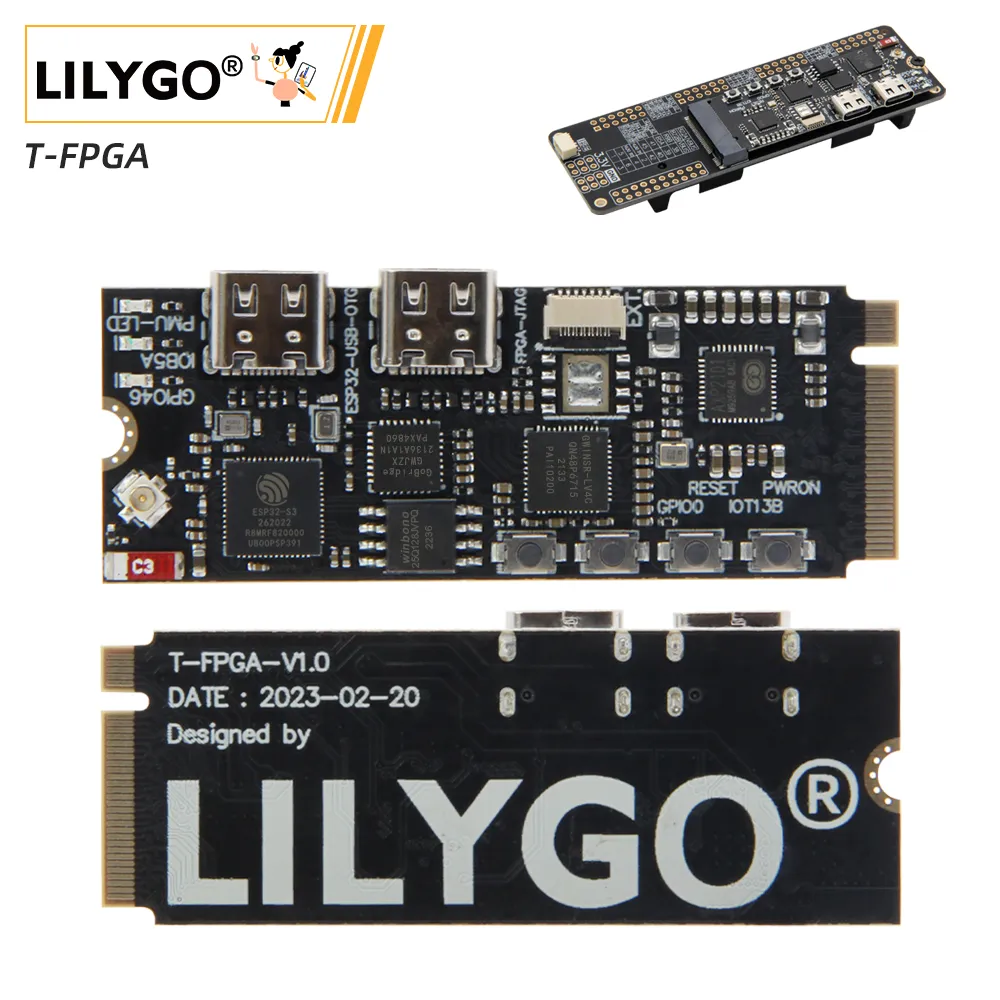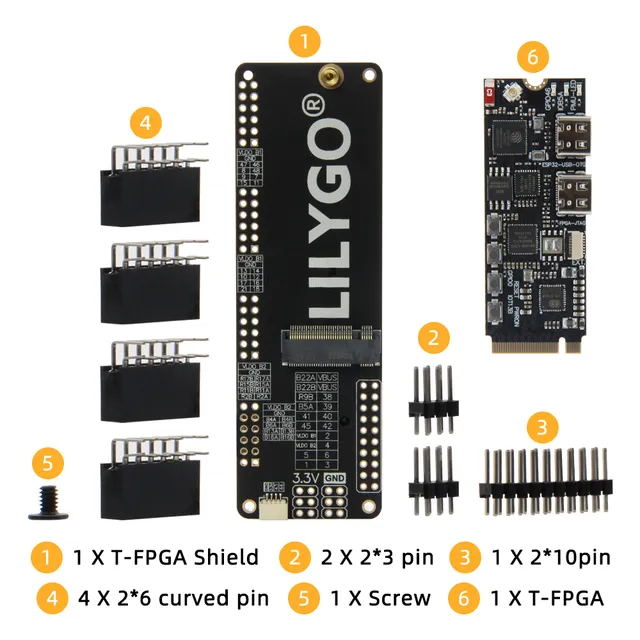We are excited to introduce the PolarBerry POE, a revolutionary System on Module (SOM) that redefines the boundaries of edge computing performance and security. Powered by Microchip’s PolarFire® SoC FPGAs, the PolarBerry POE flawlessly combines the unmatched flexibility of an FPGA with the robust processing power of a 64-bit, Linux-capable RISC-V multicore processor. This powerful combination delivers an unparalleled solution for demanding applications across diverse industries.
“Our goal with the PolarBerry POE was to create a product that not only meets but exceeds the expectations of our customers in terms of performance, security, and versatility,” said Ryan Carpenter, VP of Product at SundanceDSP. “We believe that the PolarBerry POE is a testament to our commitment to innovation and customer satisfaction.”
Uncompromising Security
Engineered for defense and military-aerospace applications, the PolarBerry POE boasts hardware-based security elements and advanced encryption capabilities. These features ensure the highest level of data protection, making it a trusted choice for applications where security cannot be compromised.
Low Power, High Performance
Featuring Microchip’s low-power PolarFire® technology, the PolarBerry POE delivers exceptional performance while consuming minimal power. This makes it ideal for thermally constrained environments, offering a solution that balances power efficiency with computational prowess.
Versatility at its Core
Whether you’re developing high-performance AI/ML platforms, secure communications infrastructure, or cutting-edge industrial automation solutions, the PolarBerry POE provides the perfect blend of power, security, and flexibility. It empowers developers to create next-generation projects that push the boundaries of what’s possible.
Stand-Alone and Power Over Ethernet
The PolarBerry POE can be used standalone and powered over Ethernet, making it an ideal solution for developing state-of-the-art IoT devices. With minimal cabling requirements, it can work easily up to 100 meters from the router. This feature significantly simplifies the deployment process and reduces the complexity of your IoT infrastructure.
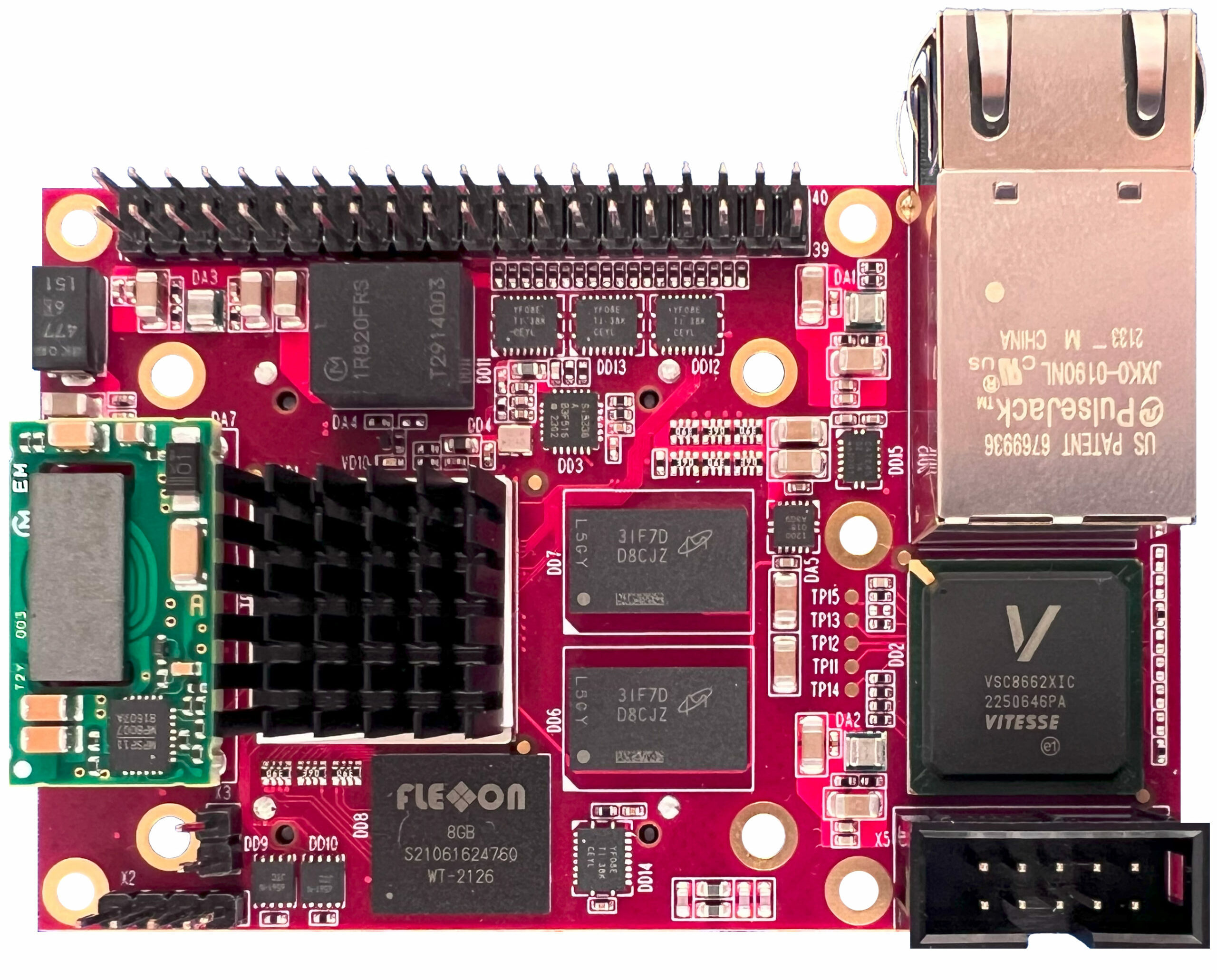
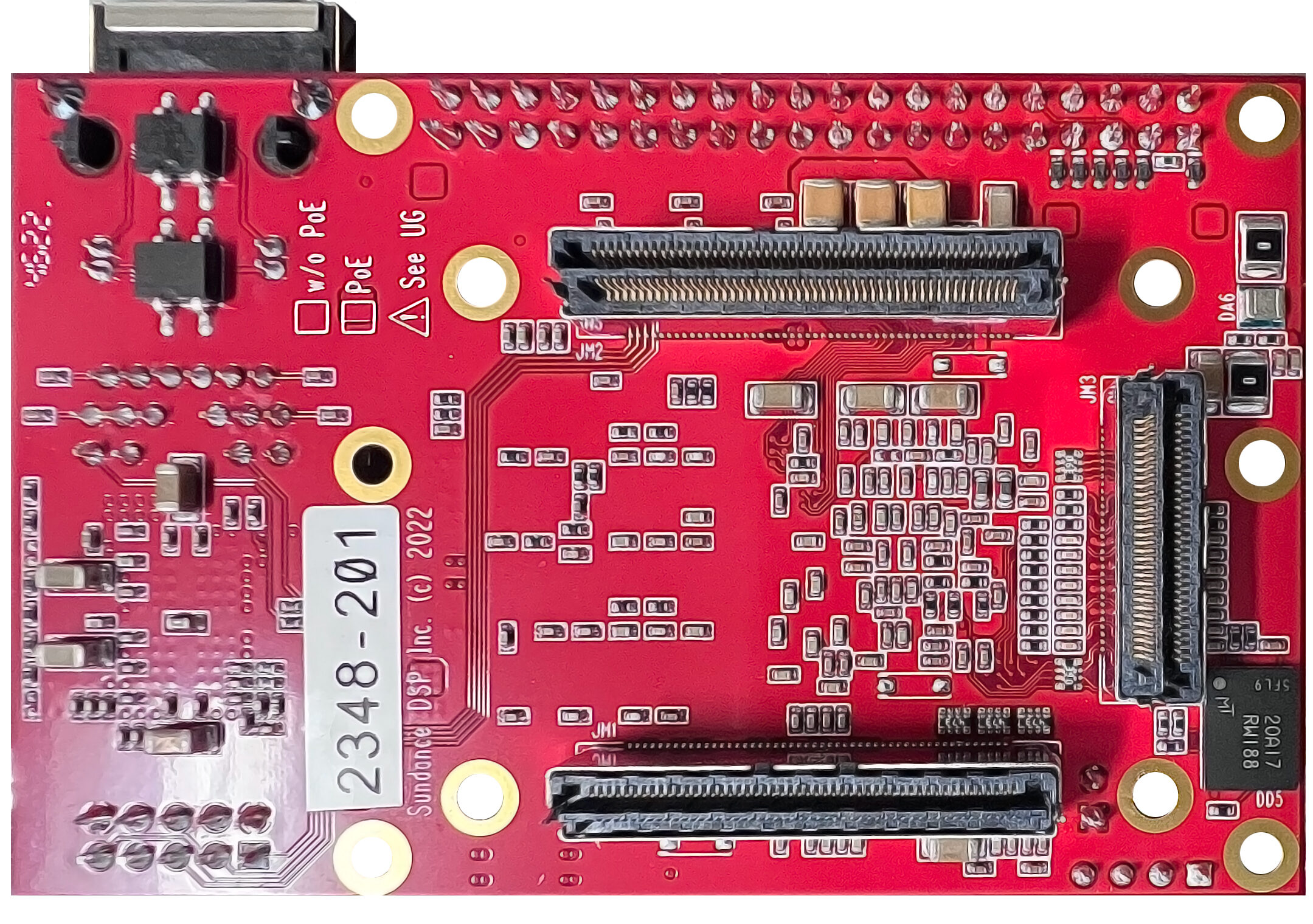
Key Features
The PolarBerry POE comes packed with features designed to enhance its performance and versatility:
- Microchip PolarFire® SoC FPGA (MPFS250T-FCVG484)
- 4GB of DDR4 memory
- 128MB SPI Serial NOR FLASH
- 4 High-speed low-power Transceivers (250Mbps – 12.7Gbps)
- Raspberry Pi interface with 26 I/O lines
- 4GB eMMC storage
- 2x CAN 2.0 PHY
- JTAG, SPI, and 100/1000BASE-T Ethernet interfaces
- Compact 55 x 85mm form factor
- Power consumption: 16W (module), 12W (MPSoC)
Empowering Developers
The PolarBerry POE empowers developers to:
- Design secure and efficient systems for defense, aerospace, and mission-critical applications
- Build and deploy powerful AI/ML platforms at the edge
- Develop cutting-edge industrial automation and robotics solutions
- Create secure and reliable communications infrastructure
- Innovate in the rapidly expanding Internet of Things (IoT) landscape
We invite you to contact us today to learn more about the PolarBerry POE and how it can unlock the full potential of your next smart, connected system.

